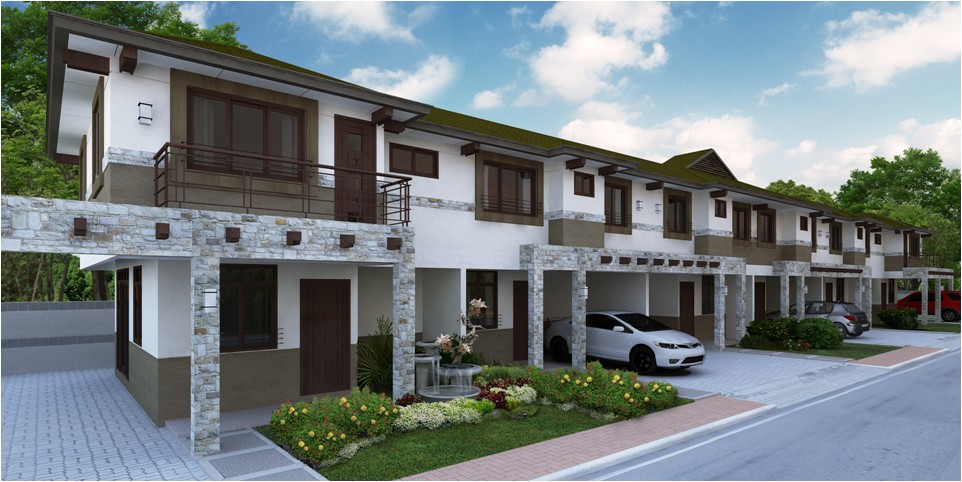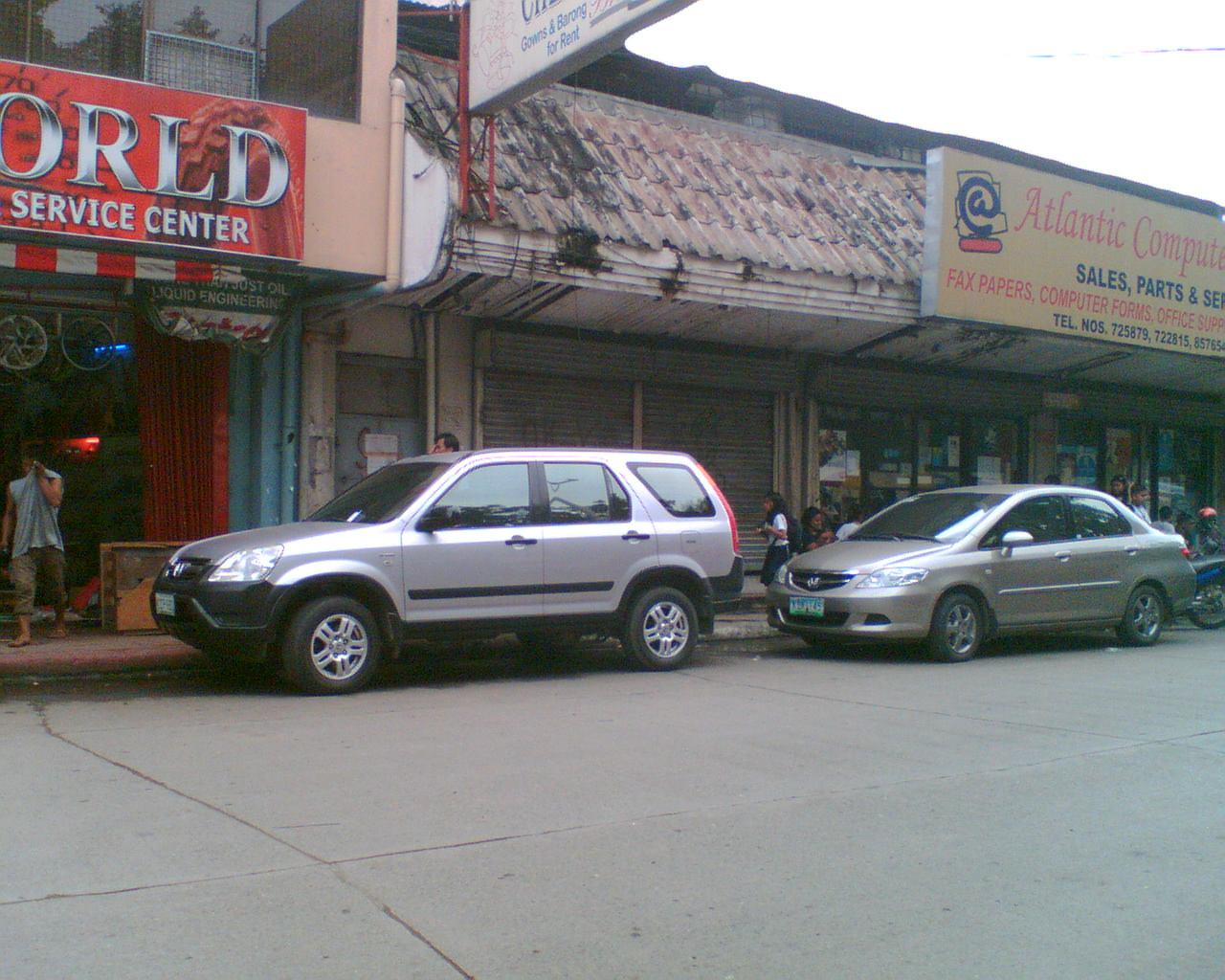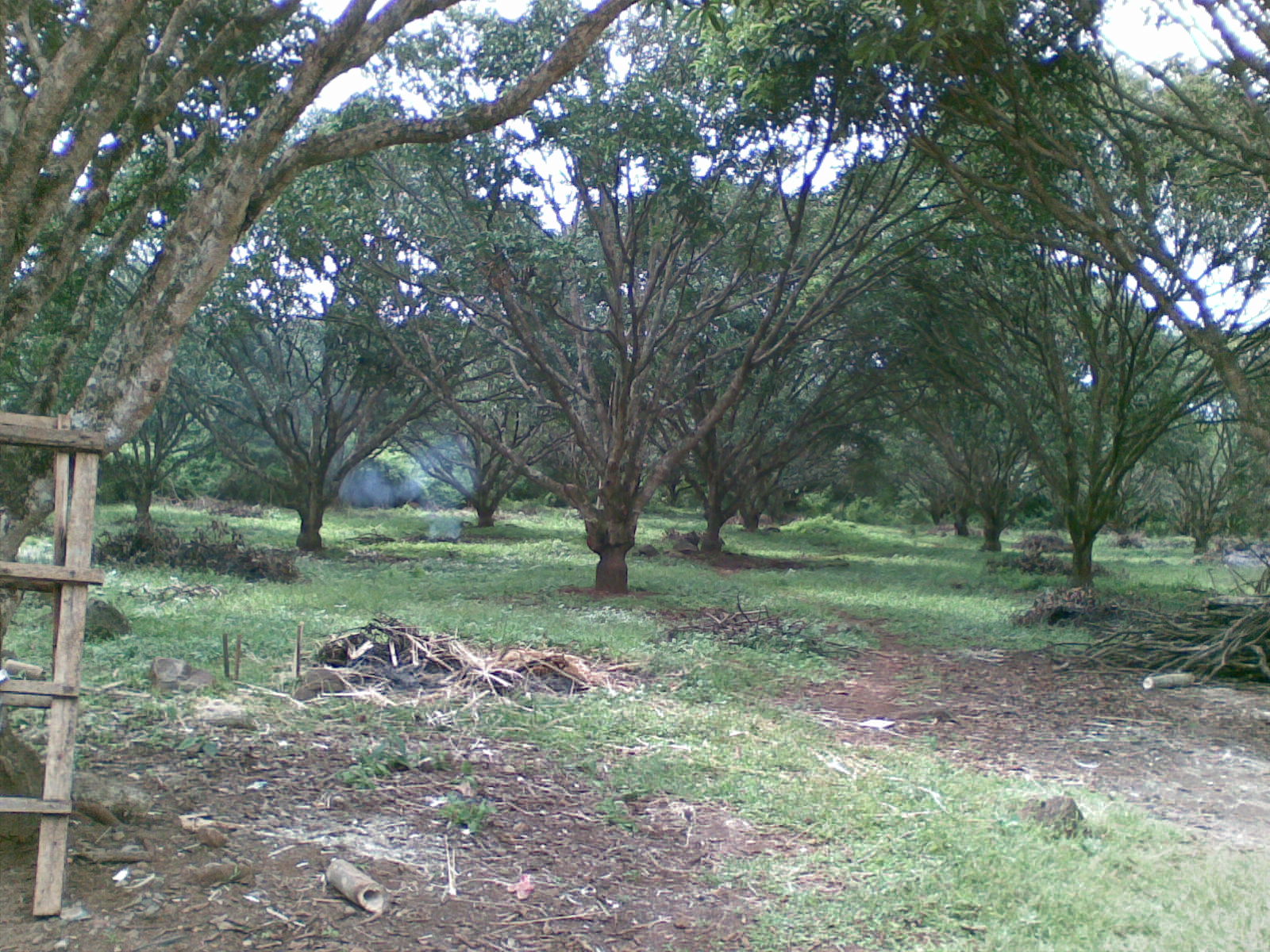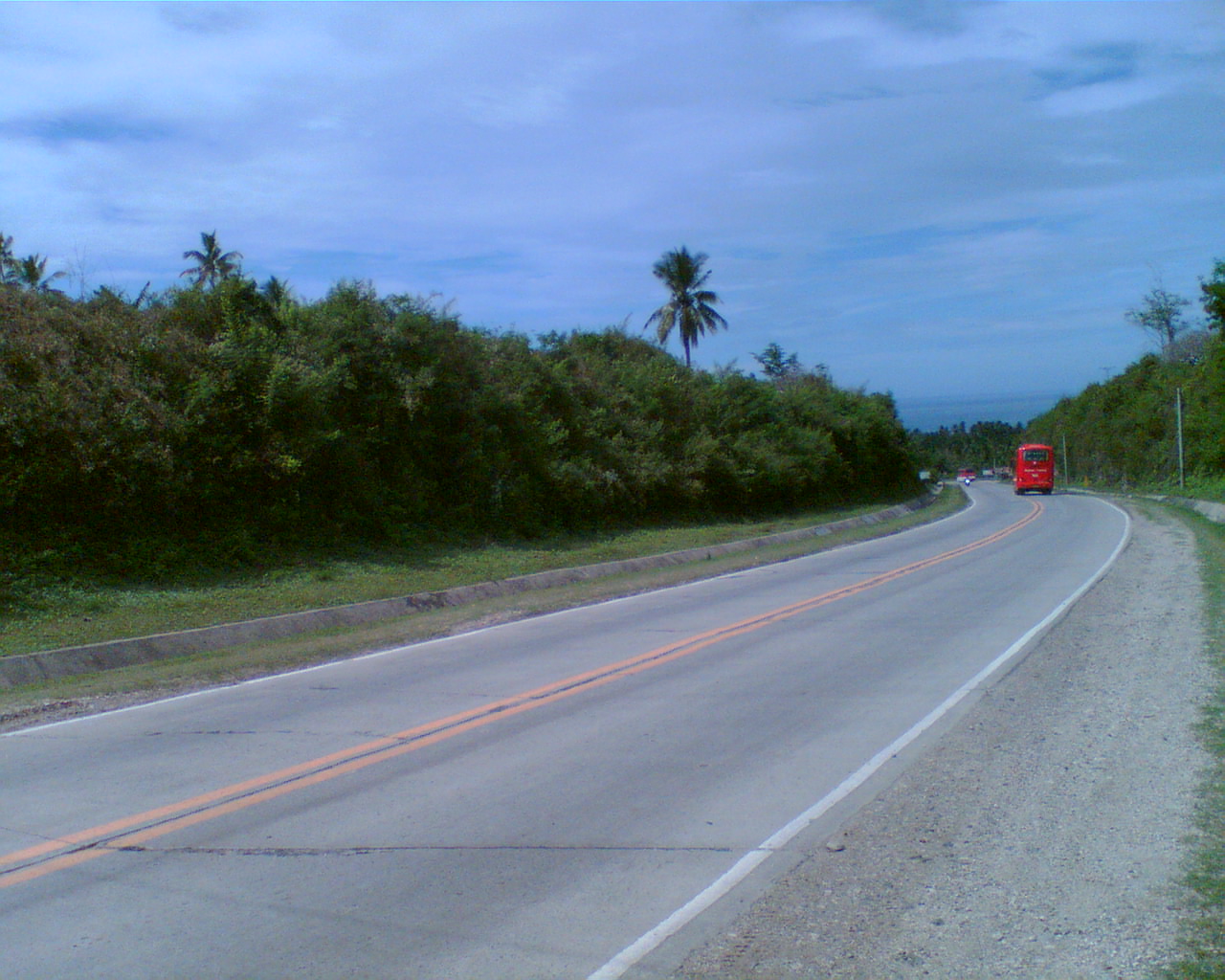
Home » Buy
|
|
 Residential area is a land use in which housing predominates, as opposed to industrial and commercial areas.
Residential area is a land use in which housing predominates, as opposed to industrial and commercial areas.Housing may vary significantly between, and through, residential areas. These include single family housing, multiple family housing such as (apartments, duplexes, townhomes (or similar configurations), condominiums) or mobile homes. Zoning for residential use may permit some services or work opportunities or may totally exclude business and industry. It may permit high density land use or only permit low density uses. Residential zoning usually includes a smaller FAR (floor to area ratio) than business, commercial or industrial/manufacturing zoning.The area may also be large or small.
In certain residential areas, largely rural, quite large tracts of land may exist which have no services whatsoever. Because a large distance must be traveled to access the nearest services, most journeys involve using a motor vehicle or some other form of transport. This need has resulted in Residential land development usually existing or planned infrastructure such as rail and road. The pattern of development is usually set forth in the restrictive covenants contained in the deeds to the properties in the development, but may also result from or be reinforced by zoning. Restrictive covenants are not easily changed as the agreement of all property owners (many of whom may not live in the area) may need to be obtained to effect a change. The area may also be large or small.
Commercial areas in a city can take up about 5% of a city’s land. It is used for commercial activities. These activities include the buying and selling of goods and
 services in retail businesses, wholesale buying and selling, financial establishments, and wide variety of services that are broadly classified as "business". Even though these commercial activities use only a small amount of land, they are extremely important to a community’s economy. They provide jobs and bring money into the community.
services in retail businesses, wholesale buying and selling, financial establishments, and wide variety of services that are broadly classified as "business". Even though these commercial activities use only a small amount of land, they are extremely important to a community’s economy. They provide jobs and bring money into the community.Agricultural land (also agricultural area) denotes the land suitable for agricultural production, both crops and livestock. It is one of the main resources in agriculture. The standard classification (used, e.g., by FAO — Food and Agriculture Organization of the United Nations) divides agricultural land into the following components:[1][2]
 * Arable land — land under annual crops, such as cereals, cotton, other technical crops, potatoes, vegetables, and melons; also includes land left temporarily fallow.
* Arable land — land under annual crops, such as cereals, cotton, other technical crops, potatoes, vegetables, and melons; also includes land left temporarily fallow.* Orchards and vineyards — land under permanent crops (e.g., fruit plantations).
* Meadows and pastures — areas for natural grasses and grazing of livestock.
The first two components — arable land and land in permanent crops — constitute so-called cultivable land. The part of arable land actually under crops is called sown land or cropped land. The term farmland is ambiguous in the sense that it may refer, on the one hand, to agricultural land and, on the other hand, to cultivable or even only arable land.
Depending on the use of artificial irrigation, agricultural land is divided into irrigated and non-irrigated land. In arid and semi-arid countries agriculture is often confined to irrigated land, with very little farming possible in non-irrigated or rainfed areas.
Agricultural land constitutes only a part of any country's territory, which in addition also includes areas not suitable for agriculture, such as forests, mountains, and inland water bodies. Agricultural land covers 38% of the world's land area, with arable land representing less than one-third of agricultural land (11% of the world's land area).[3]
In the context of zoning, agricultural land (or more properly agriculturally zoned land) refers to plots that may be used for agricultural activities, regardless of the physical type or quality of land.
Industrial park
An industrial estate is an area of land set aside for industrial development. Industrial parks are usually located close to transport facilities, especially where more than
 one transport modalities coincide: highways, railroads, airports, and navigable rivers. A more "lightweight" version is the business park or office park, which has offices and light industry, rather than heavy industry.
one transport modalities coincide: highways, railroads, airports, and navigable rivers. A more "lightweight" version is the business park or office park, which has offices and light industry, rather than heavy industry.This idea of setting land aside through this type of zoning is based on several concepts:
• To be able to concentrate dedicated infrastructure in a delimited area to reduce the per-business expense of that infrastructure. Such infrastructure includes roadways, railroad sidings, ports, high-power electric supplies (often including three-phase power), high-end communications cables, large-volume water supplies, and high-volume gas lines.
• To be able to attract new business by providing an integrated infrastructure in one location
• To set aside industrial uses from urban areas to try to reduce the environmental and social impact of the industrial uses
• To provide for localized environmental controls that are specific to the needs of an industrial area
Different industrial parks fulfill these criteria to differing degrees. Many small communities have established industrial parks with only access to a nearby highway, and with only the basic utilities and roadways, and with few or no special environmental safeguards. This cause many "office parks" to become abandoned messes that you see all over the place. and this person needs to have sources
Industrial parks have also been criticized because of their frequent remoteness of urban areas, one of the characteristics that has been touted as a benefit. One reason for this specific criticism is that industrial parks often destroy productive and valuable agricultural land. Another is that the industrial parks become remote to their employee pool, necessitating longer commutes and limiting employment accessibility for poorer employees. Another reason is that many urban areas have extensive areas of brownfield land that many feel should be the first priority in redeveloping as industrial sites.







